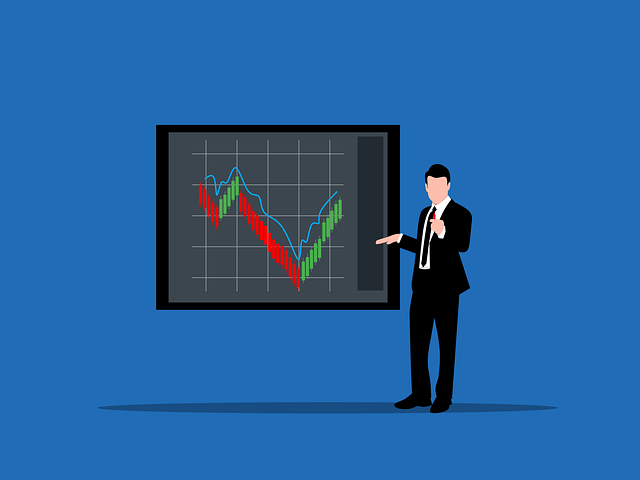In commodities trading, backwardation refers to a situation where the spot price of a commodity is higher than its futures price. This market condition typically occurs when the demand for immediate delivery of a commodity exceeds its supply, causing the spot price to rise above the futures price. Backwardation is opposite to contango, where futures prices are higher than the spot price.
Table of Contents
Key Characteristics of Backwardation
- Spot Price vs. Futures Price: Backwardation occurs when the current spot price of a commodity is higher than its futures price for future delivery.
- Market Imbalance: It reflects a short-term supply shortage or heightened demand for the commodity.
- Temporary Phenomenon: Backwardation is often viewed as a temporary market condition driven by specific supply and demand dynamics.
Examples of Backwardation
Real-World Applications
- Oil Market Example
- During geopolitical tensions or supply disruptions, the immediate demand for oil may exceed available supplies. This can lead to backwardation as buyers are willing to pay a premium for immediate delivery, causing spot prices to rise above futures prices.
- Agricultural Commodities
- In agricultural markets, seasonal factors or adverse weather conditions can create backwardation. For instance, if there’s a sudden frost threatening a crop harvest, farmers may demand higher prices for immediate delivery, driving up spot prices relative to futures prices.
- Precious Metals
- Instances where there’s a sudden surge in demand for physical delivery of precious metals, such as gold or silver, may lead to backwardation. Investors seeking physical possession may pay more for immediate delivery, creating a backwardation scenario.
Implications of Backwardation
Effects and Considerations
- Market Signals
- Supply Constraints: Backwardation can signal supply shortages or disruptions in the market.
- Demand Surge: Indicates increased immediate demand relative to future demand expectations.
- Trading Strategies
- Arbitrage Opportunities: Traders may capitalize on backwardation by buying the cheaper futures contracts and selling the more expensive spot contracts, aiming to profit from the price difference.
- Hedging Strategies: Producers may use backwardation to hedge against future price declines by locking in higher spot prices.
- Economic Impact
- Inflation Concerns: Persistent backwardation in essential commodities like oil can contribute to inflationary pressures as higher spot prices translate into higher consumer prices.
- Policy Responses: Central banks and policymakers monitor backwardation as it can influence economic stability and policy decisions.
Challenges and Risks
Potential Drawbacks
- Volatility
- Price Swings: Backwardation can lead to price volatility, impacting market stability and investor confidence.
- Risk Management: Requires robust risk management strategies due to the unpredictable nature of commodity markets.
- Supply Chain Disruptions
- Production Challenges: Disruptions in supply chains due to backwardation can affect industries dependent on stable commodity prices.
- Consumer Impact: Higher prices due to backwardation may affect consumer purchasing power and consumption patterns.
Conclusion
Summarizing Backwardation
Backwardation is a market phenomenon observed in commodities trading where the spot price of a commodity exceeds its futures price. This condition arises from temporary supply shortages or heightened immediate demand for a commodity. While presenting trading opportunities such as arbitrage and hedging strategies, backwardation also poses risks due to increased market volatility and potential economic impacts. Understanding backwardation is crucial for investors, traders, and policymakers to navigate commodity markets effectively and manage risks associated with fluctuating prices and supply dynamics.
References
- Understanding Futures Markets. (2020). John Wiley & Sons.
- Commodities and Commodity Derivatives: Modelling and Pricing for Agriculturals, Metals, and Energy. (2018). Wiley Finance.
- Reports and analyses from commodity exchanges and market regulators on price dynamics and market conditions.





